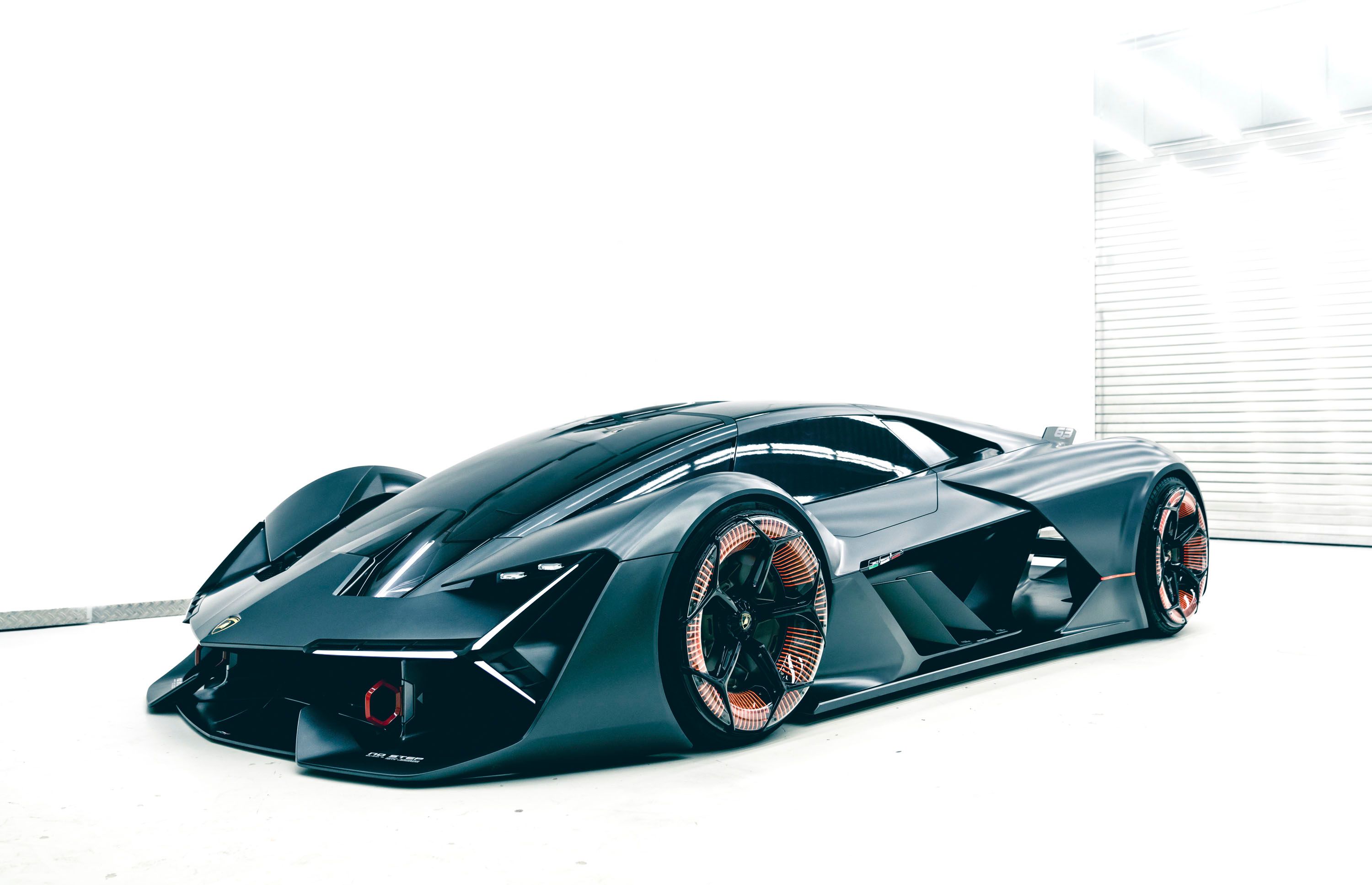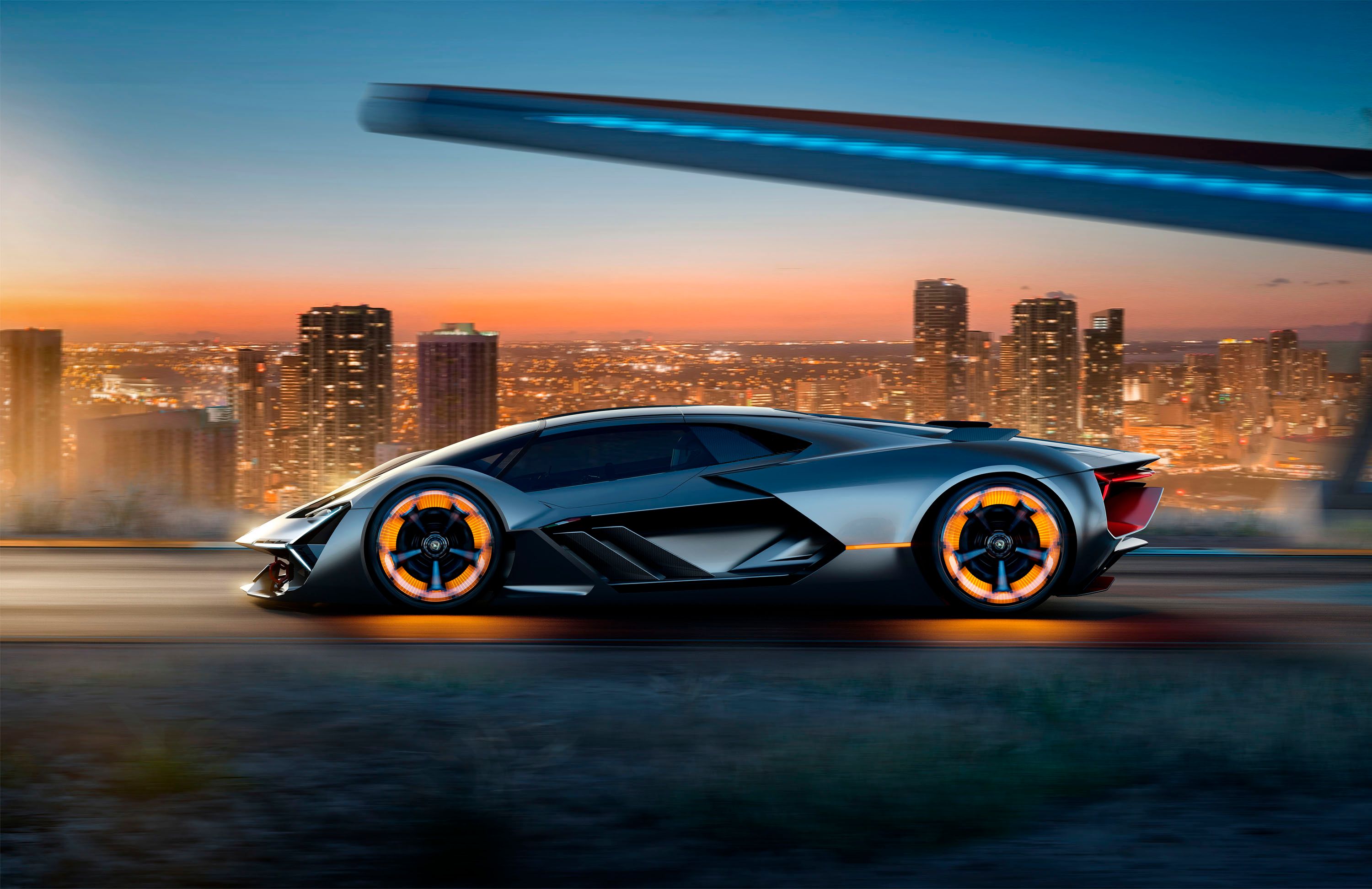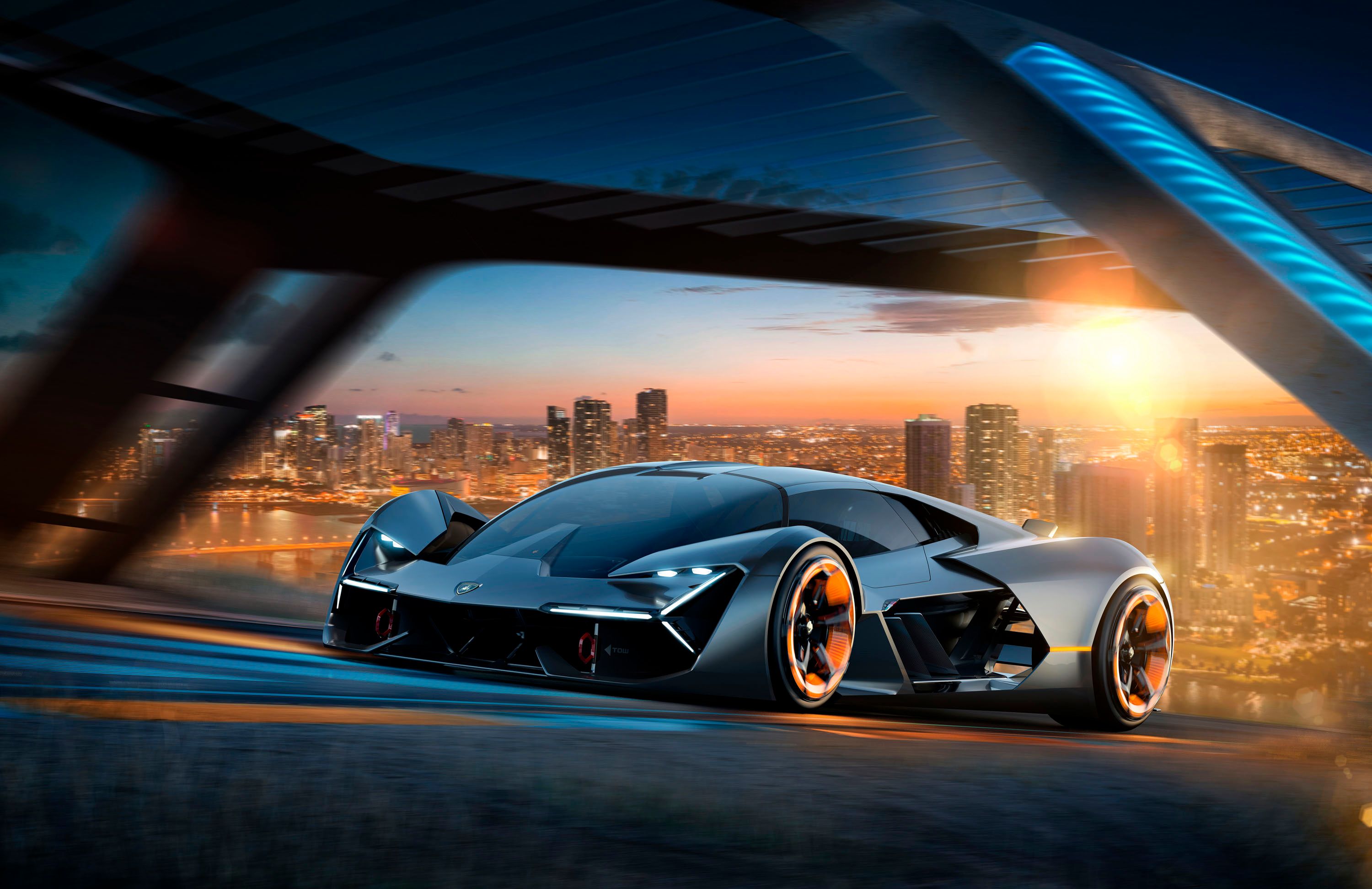Recent reports indicate that the Volkswagen Auto Group has assigned Porsche with the task of developing a new architecture tailored to the needs of top-shelf battery-powered performance machines. Due for release sometime around 2025, the fresh architecture is part of VW's effort to expand its portfolio into all-electric offerings in the supercar segment, and as such, the architecture could underpin the next-generation Audi R8 E-Tron and an all-electric Lamborghini as well.
Continue reading for the full story.
The Full Story
Following the massive Dieselgate scandal that broke back in 2015, Volkswagen has been very busy remolding its image. A major part of that effort has been re-shuffling its all-electric projects to the top of the priority list, and as such, we've seen a slew of EV concepts like the I.D. Buzz hit the auto show scene, as well as several announcements from VW promising new battery-powered and battery-assisted offerings coming down the pipeline over the course of the next five to 10 years.
And as a member of the enormous Volkswagen Auto Group umbrella, that means big changes for Porsche as well, which so far have included hybridized models like the Panamera Turbo S E-Hybrid and forthcoming Mission E. Now, a recent report from Automotive News indicates Porsche will need to apply it's go-fast know-how once more as it builds a fresh architecture for future EV supercars.
The outlet cites an unnamed VW executive as its source, who apparently confirmed Porsche is indeed developing a new EV platform “for two-door sports cars and supercars.” Dubbed SPE, the new platform will see use across the VAG lineup, with possible applications including the upcoming Audi R8 E-Tron, a successor to the Porsche 918 Spyder, and a production version of the Lamborghini Terzo Millennio concept that dropped last November.
Note: Lamborghini Terzo Millennio Concept pictured here.
SPE will be the third EV-centric platform VW has built thus far, with the other two being MEB, the same bones slated for the production I.D. Buzz, and PPE, a platform shared between Porsche and Audi.
Porsche certainly seems like the right pick for the job, as the brand has a good deal of experience in electrification thanks to the success of models like the Panamera hybrids, not to mention the fact Porsche has extensive knowledge in the performance arena thanks to its racing efforts at Le Mans and elsewhere.
For now, a date in 2025 is the target for release of SPE. Thus far, the details are murky at best, with no word on the battery technology or powertrain layout planned for integration with the fresh architecture. However, there is some speculation regarding the use of solid-state battery packs and multiple-motor AWD systems, both of which could be industry standards by the time SPE sees production status.
In the more immediate future, EV performance fans can look forward to the Porsche Mission E, which is slated to go on sale next year with around 600 horsepower, a 0-to-60 mph time of 3.5 seconds or less, and around 300 miles per charge.
References
Read our full speculative review on the 2020 Porsche Mission E.
Read our full review on the 2016 Audi R8 E-Tron.
Read our full review on the 2017 Lamborghini Terzo Millennio Concept.
Read our full review on the 2018 Porsche Panamera Plug-In Hybrid.
Read our full review on the 2017 Volkswagen I.D. Buzz Concept.



